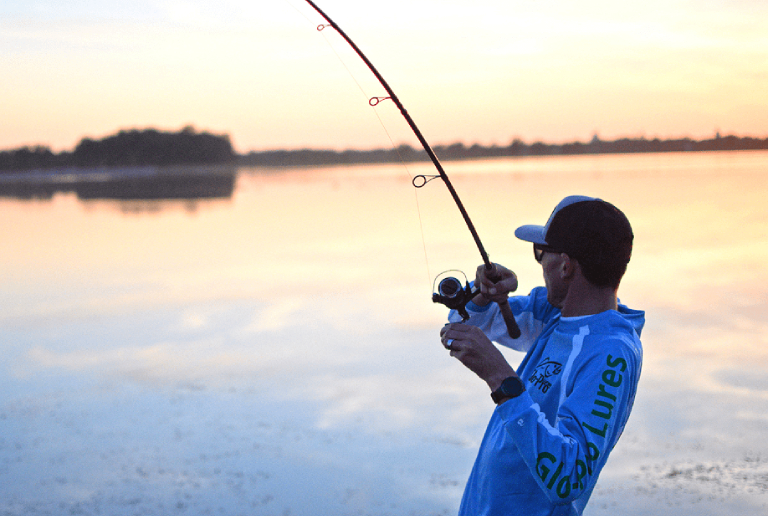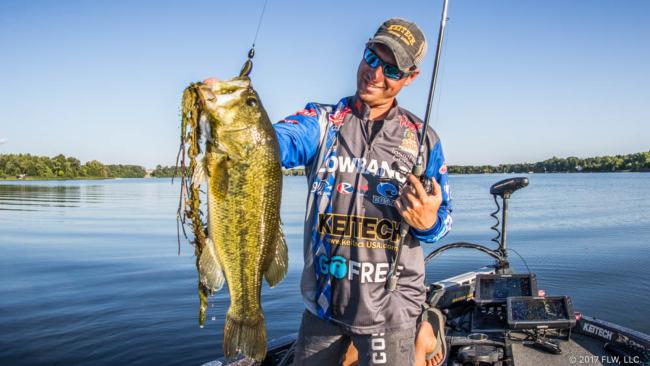
Fishing Is An Art
Casting a fishing rod is as technical as a golfer swinging the golfing club or the player swinging the racquet at a tennis match. How it is done is what makes or breaks the game- or fishing in this case.
Regardless of what you are intending to catch- it could be a small fish or a trophy fish- it is all in the technique. Just like the “ swish and flick” of Harry Potter’s wand!
Before we venture into the advanced techniques, here are the brief details of the basic casting techniques.
Know More About : Sustainable Fishing Practices To Prevent Overfishing
Basic Techniques of casting a fishing line
Overhead Casting
This is the most accurate type of casting and it also works best when the person is adept enough to cast the line beyond the fish because it usually ends with a big splash.
In Overhead Casting, you begin by leaving at least 12 to 24 inches of fishing line from the tip of the rod. With the spool free and your thumb on the line, take the rod behind your head and swing it to the front. Release the line from the spool and let it lie loose till the fish bite the bait.
Drop Casting
Drop casting is the technique followed when you are fishing from a pier off a pier or high place. When you fish from such places, your fishing is limited only to the area right below your perch. So all you have to do is cast the line straight down into the water. But take care not to spook the fish by causing a splash when the line hits the water.
Sidearm Cast
This technique is pretty much the same as overhead casting. The only difference lies with the angle in which the line is cast into the water. The sidearm cast produces less splash. It is a technique that requires immense accuracy mostly because of the angle.

Become a Pro With the Advanced Casting Techniques
Advanced fishing casting techniques will suit those who want to take up fishing as a profession or as a serious hobby.
Flipping
Flipping is most useful for fishing in small pools or tight spaces where there isn’t much room to maneuver your hand for an overhead or sidearm cast. Besides, when the fish are crowded in a relatively small pool, flipping is the best technique to use.
You start by releasing the spool and letting 15 feet of line. Allow it to swing freely from the end of the rod. Then , using a swinging pendulum-like motion, flip the lure towards the target. A plastic bait or jig works better because it makes a smaller splash.
Pitching
Pitching is often done in places where there is overhanging vegetation near the shore. The first step in this technique is to grab the lure in one hand and lower the rod tip into the water. Before the line hits the water, raise the lure tip and allow it to fly forward. Release the spool so that the lure flies freely.
The trick with pitching is to stop the spool just before the lure hits the water to reduce the splash.
Skipping
Skipping is like sidearm casting but the technique requires more practice. Skipping is best used when fishing under docks or overhanging vegetation. The lure is cast at the water level and it skips along the water before it lands in the right spot. To be successful with skipping, you have to use the right kind of bait. Plastic lures, crankbaits, top water lures and stick baits are used by experienced anglers for skipping.
The mantra “Practice makes Perfect “ applies for casting techniques too! Keep on practising till you become a pro!





